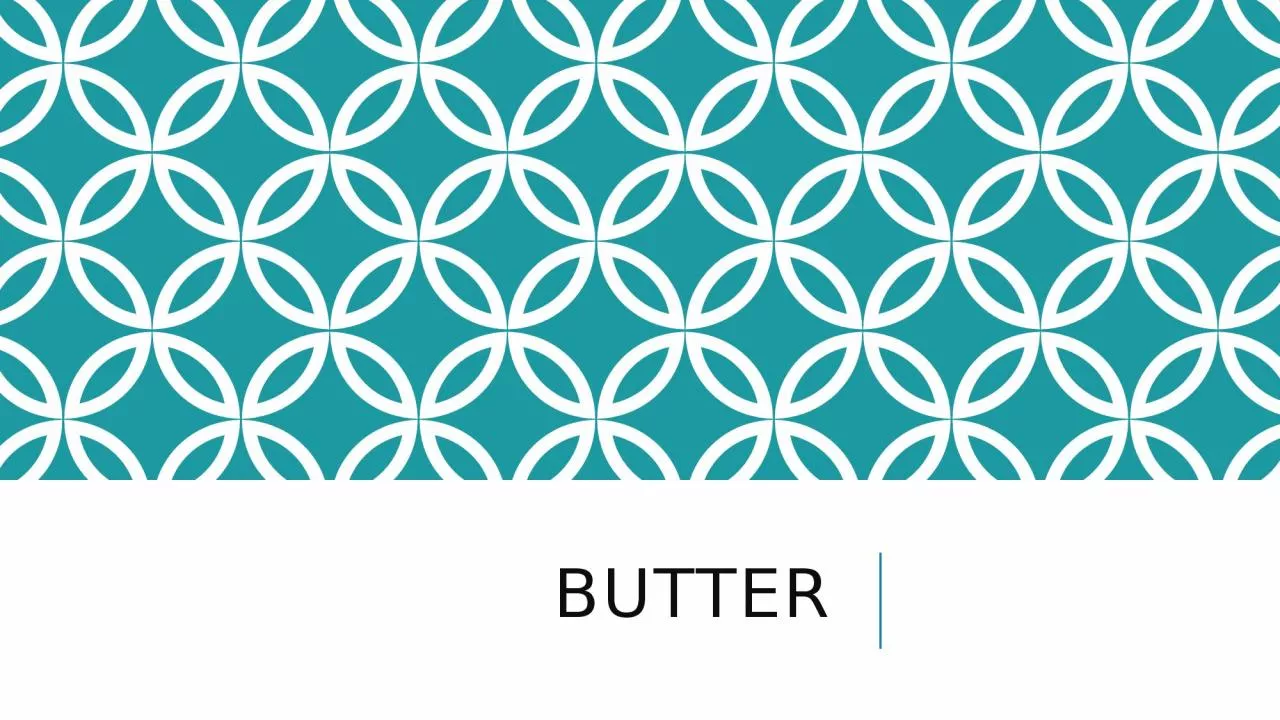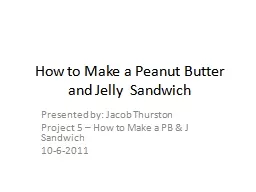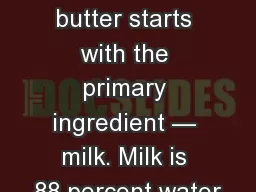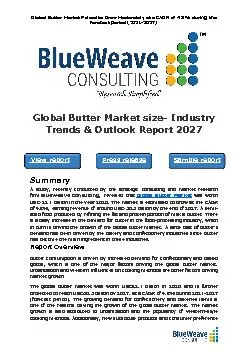PPT-Butter Butter Definition
Author : bery | Published Date : 2023-11-15
Butter is mixture of milk fat butter milk and water usually with salt and added coloring matter Its composition varies according to the method of manufacture and
Presentation Embed Code
Download Presentation
Download Presentation The PPT/PDF document "Butter Butter Definition" is the property of its rightful owner. Permission is granted to download and print the materials on this website for personal, non-commercial use only, and to display it on your personal computer provided you do not modify the materials and that you retain all copyright notices contained in the materials. By downloading content from our website, you accept the terms of this agreement.
Butter Butter Definition: Transcript
Download Rules Of Document
"Butter Butter Definition"The content belongs to its owner. You may download and print it for personal use, without modification, and keep all copyright notices. By downloading, you agree to these terms.
Related Documents














